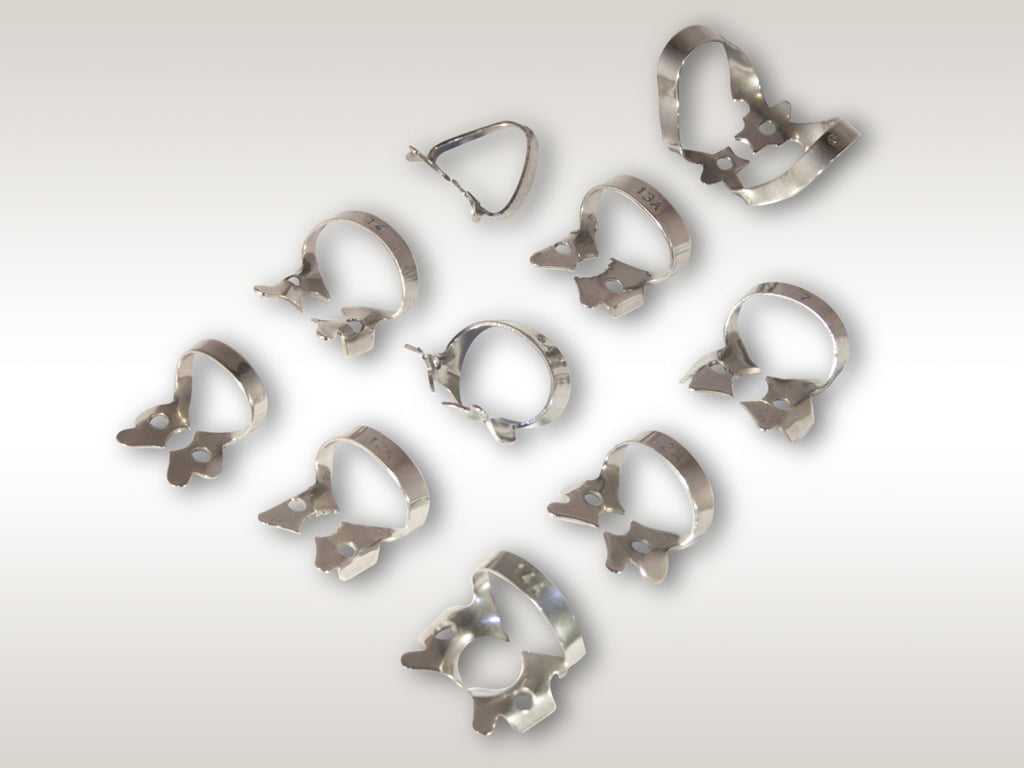Why Dental Rubber dam Placement is Necessary
Holmes Dental . Follow
2 days ago

When rigorous guidelines for patient care are adhered to, a rubber dam undoubtedly benefits both patients and medical personnel. Rubber dams are necessary for many surgical and restorative dental procedures for the obvious reasons:
Soft Tissue Retraction
When used properly, a rubber dam can help retract, or pull back, the tissues that surround the teeth. This gives the dentist unhindered access to the spaces between teeth that need to be filled in and facilitates reaching gumline decay regions. Your dentist can treat the injured tooth faster and more effectively if any distractions are removed from neighboring tissues and even teeth. Patients frequently cough during lengthy dental operations, which could release aerosol particles into the surrounding air and cause an infection.
For additional safety, dental rubber dam placement can act as a barrier against these particles. According to studies, building a dam can actually cut the likelihood of salivary fluids entering the air by 70%. Moreover, the dam establishes an aseptic field that may inhibit the growth of oral bacteria in the canal and the subsequent infection, which may result in treatment failure, particularly in the case of endodontic procedures like root canals.
Enhanced Security for Patients
A rubber dam can protect patients from potentially hazardous substances such as sodium hypochlorite, filling material, and even small dental equipment that they might swallow or inhale during treatment. By eliminating the need for routine mouthwashing to eliminate debris, the placement of rubber dams streamlines patient treatment.Patients report that their dental procedures are more comfortable and enjoyable when a rubber dam is used instead of not using one.Instruments like burrs and rotary devices are usually used for dental operations. The mouth's soft tissues are shielded from potential damage by the practitioner's hands or instruments by a rubber dam.
Recommended topics
Recommended from Guest Post
nearlearns
What Career Opportunities Can I Pursue After Completing a Machine Learning Course?
March 22, 2024Mamie Long
MINI Care and Detailing: The Ultimate Guide to Keeping Your MINI Looking Like New
June 20, 2024Webdesk ERP

